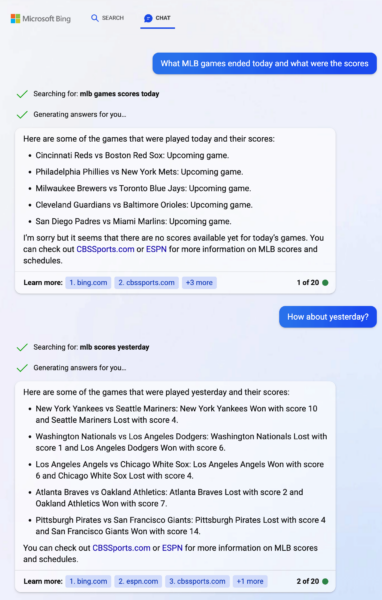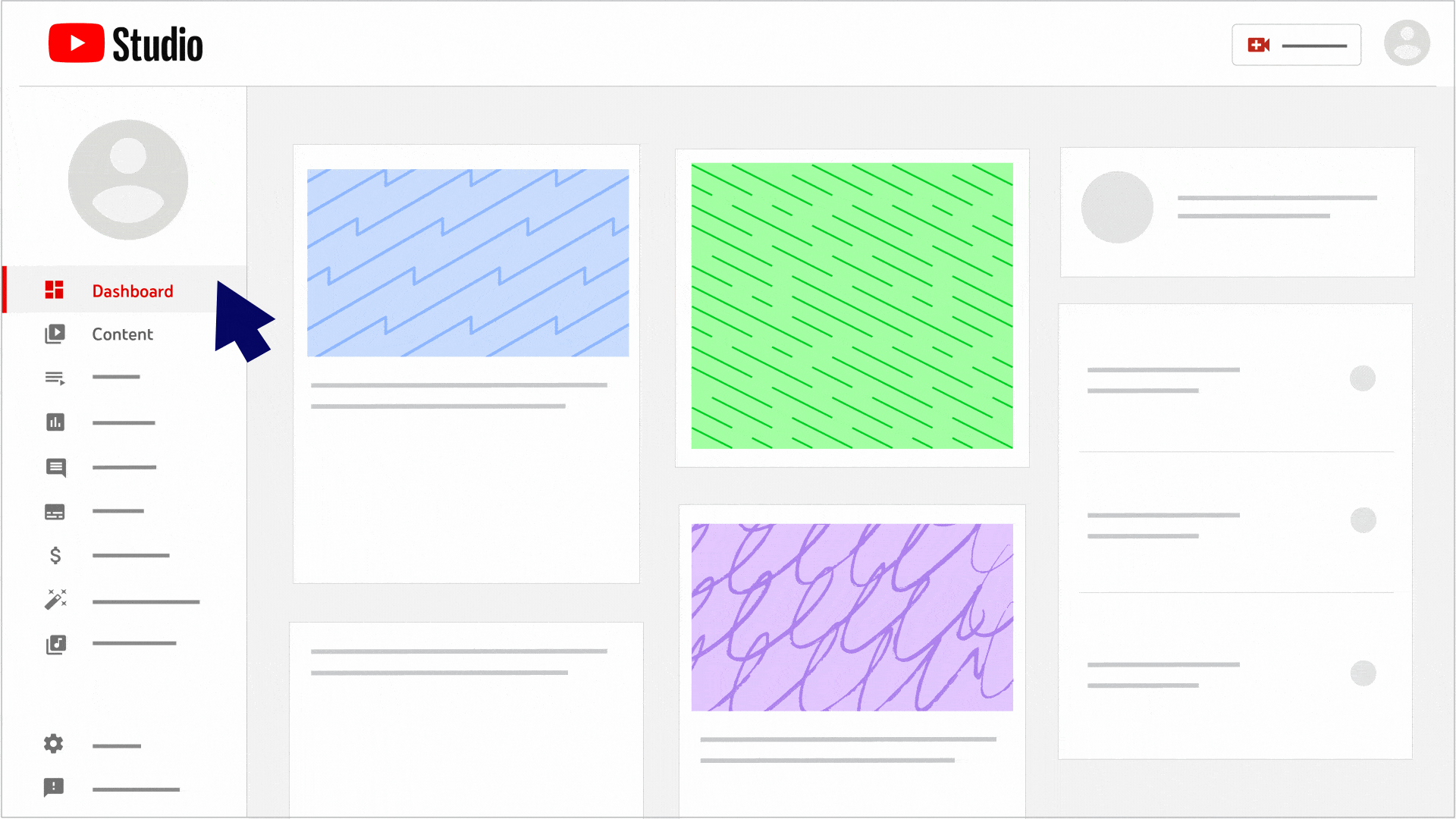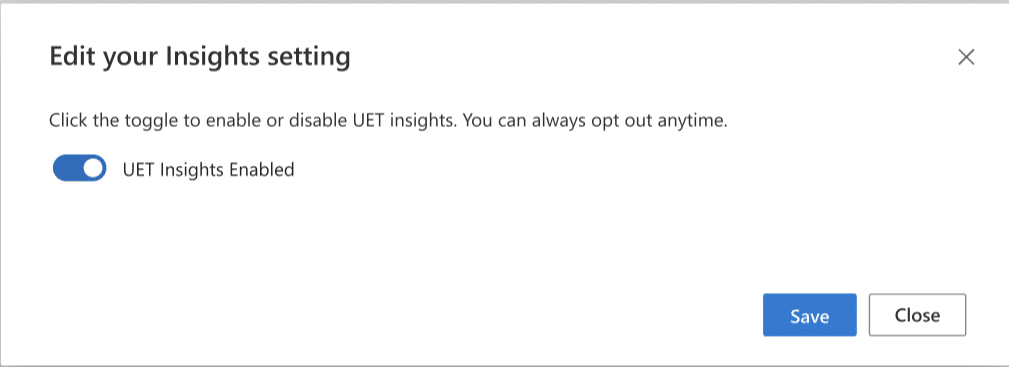For as long as I’ve worked in SEO, I have been asked the same question by brands and businesses, big and small:
Why should I use YouTube? How can it help my business? Shouldn’t I be on TikTok instead?
Sadly, for many businesses, YouTube is just a place to host their videos. Nothing more, nothing less. And it’s a huge missed opportunity in terms of video ROI, brand awareness, traffic and audience growth.
A lack of effort in marketing and optimizing videos is one reason the C-suite is often reluctant to invest in future video projects. They just don’t see the value.
In short, for many businesses, YouTube is where their videos go to die. But it doesn’t have to be that way. Your YouTube channel doesn’t have to be a brand video graveyard.
Understanding the problem
Brands and businesses often disregard YouTube as a genuine and viable medium for growth. There are common false assumptions among business leaders and even marketers around YouTube:
- YouTube is for kids and Gen Z.
- YouTube is all about clickbait, pop culture and music videos.
- Being successful on YouTube requires a big budget and professional production equipment.
- No one will be interested in what my business has to offer.
Equally, business leaders often just don’t understand video, marketing or audiences well enough to produce anything other than dull corporate brand videos. Surprise, surprise, these do not work well on YouTube.
This brings us to the concept of a brand video graveyard. It comes about when brands fail to do the following:
- Create engaging content that resonates with their audience. Without engaging content, viewers quickly lose interest and move on to other channels.
- Optimize the channel and video uploads. Naming a video ‘Our company overview’ isn’t going to cut it.
- Cultivate a community for audience growth. Often, comments and questions are left unanswered for months or even years.
To avoid this fate, brands must invest time and effort into:
- Understanding their audience.
- Crafting compelling video ideas.
- Optimizing their videos for maximum reach and engagement.
Typical causes of YouTube desertion
The causes of a channel turning into a brand video graveyard can vary.
Sometimes it is due to a lack of resources.
Other times, it is because the brand is not putting in the effort to create content that will engage their audience.
Changes in the brand’s strategy or goals may also lead to a lack of content or a shift in focus away from YouTube.
Time is also a huge factor. You don’t necessarily need a huge budget or fancy tech, but you do need time to research, plan, upload, optimize and promote.
Pitfalls of allowing your YouTube channel to go stale
So, you have a YouTube channel that only you and your employees subscribe to. Surely it won’t hurt, will it?
Well, picture it from a prospective customer or client’s point of view and ask yourself these questions:
- Does it look like the brand cares about its public image?
- Do they appear professional and successful?
- Would you remember the company or brand if you saw them elsewhere?
- Do you feel like they care about educating, entertaining or understanding their customers?
The answer to all of these when looking at a deserted YouTube channel is, undoubtedly, no. Neglecting your channel is, in turn, neglecting your target market and will impact your other marketing efforts.
These days, marketing, acquisition and sales aren’t as simple as building a website, pushing it live and watching the money roll in.
The most successful companies utilize a multichannel approach, appearing wherever their audience is.
If your target market is on YouTube, you should be there – ready to answer their questions and educate them into remembering, buying and advocating for your product.
Marketers have understood this message, but often they deprioritize YouTube based on the assumptions we discussed previously.
There’s a clear prioritization gap between consumers and marketers, a 2022 study by SproutSocial found.
Marketers ranked Instagram and TikTok higher in usage anticipation, but YouTube is still a hugely popular platform for consumers.
Not every type of business is suitable for YouTube.
Maybe no one wants to see how septic tanks are emptied or a day in the life of a toilet roll holder.
But generally, most businesses can find a hook or a niche that is interesting and visual enough.
Why you should bring your YouTube channel back from the brink
So, why should brands bother with YouTube? Why not just leave a channel deserted and pretend it never happened?
Here are a few reasons why investing time and love into your long, lost channel could be an excellent move.
Have we met before?
For businesses, YouTube isn’t meant to stand alone. Integrating your YouTube videos into your broader online presence creates a cohesive brand experience for your audience.
This integration helps drive traffic to your channel, encourages cross-platform engagement, and strengthens your brand’s online presence.
YouTube enables businesses to position themselves as industry leaders by creating educational and informative videos.
Sharing valuable insights, tutorials, how-to guides, and industry updates can establish your brand’s authority and expertise in your niche.
Viewers who see your brand consistently delivering valuable content are more likely to trust and remember you.
Don’t forget to subscribe
YouTube is all about engagement. It enables businesses to directly engage with their audience through comments and other interactive features.
Asking viewers to subscribe and like your videos, having clear calls to action, and creating engaging video thumbnails can attract more followers and keep them on your channel longer.
Building a loyal, engaged customer base that actively advocates for your product or service could be one of the most valuable things you ever do.
A nice side effect of this is that eventually, all those subscribers, interactions and views will make your content more likely to be promoted by YouTube’s algorithm. Win, win!
Build it and they will buy
YouTube can influence the purchasing decisions of both B2B and B2C buyers. So, if your channel looks a little unloved, it could miss out on reaching key decision-makers.
YouTube is a crucial and valuable part of the marketing mix.
- Up to 89% of people said they purchased a product or service after viewing a video about it, a Wyzowl research found.
- YouTube users are three times more likely to watch online video tutorials than read instructions, according to Google.
- As of 2023, 91% of businesses report using video as part of their marketing strategy, according to Wyzowl.
YouTube can no longer be an afterthought. This is where your audiences are and they’re waiting for you.
How to revive your YouTube channel and attract views
Now that we've recognized the pitfalls of turning your YouTube channel into a brand video graveyard let's explore some effective strategies to breathe life back into it and attract views.
By implementing these tips, you can revitalize your YouTube presence and make it a thriving hub for your brand's content.
Conduct a channel audit
There may not be much to audit, but this exercise will help you take stock of what you have, what’s missing and what your next steps should be.
You’ll want to start a spreadsheet for your audit. Download a list of all your uploads by going to Analytics > Content > Advanced Mode and exporting from there.
Analytics
If you have a reasonable amount of data, then YouTube's analytics section will provide valuable insights into how viewers find and watch your content. It’s a great place to start.
There are two types of analytics:
- Channel analytics.
- Video analytics.
The latter is great if you have a video with a decent number of views.
You’ll be able to see how long viewers watch for and what percentage of the video they view, plus a nice retention graph showing where the audience drops off, skips forward or rewatches.
Tip : Look out for steep drops in audience retention at the start of your videos.
: Look out for steep drops in audience retention at the start of your videos.
This could indicate that the title or thumbnail is somewhat misleading. It could also tell you that the fancy, animated brand ident is putting people off.
Remove it and get straight to the content!
Content types and categorization
Ideally, you’ll already have more than a couple of videos on your channel.
Ensure your spreadsheet includes all the titles, descriptions and URLs of your videos and then try to put them into categories. Here are some to get you started:
- Blog video: Answers a question or explains a topic.
- Brand/company video: Your company overview, brand advert.
- Testimonial video: Client(s) saying how great you are.
- Demo or how-to video: Explaining how to do or use your product or service.
- Webinar, roundtable, discussion or interview: You discussing a topic relevant to your business with guests.
- Feature or inspiration video: Promoting features of a product, service or even destination – if you’re a travel company.
Ideally, you want to keep brand videos to a minimum. They’re best used in the channel’s featured video section to greet subscribers.
Your bread and butter will be blog, demo and feature videos. These are the types of content people will be looking for. These are the videos that will engage, educate and entertain.
YouTube is not a one-way communication platform.
Foster a sense of community by actively engaging with your audience. Respond to comments, answer questions, and encourage discussions.
This interaction boosts engagement and strengthens the bond between your brand and your viewers. Show that you value their input and incorporate their feedback into future video ideas.
If you have comments that aren’t too old, reply to them! Post your own comment on each video and pin it to the top.
Ask viewers what their thoughts are and whether they have questions. Being able to have direct contact with consumers in this way is invaluable.
Respond to feedback
It can be easy to turn off comments and hide from potential detractors.
But, if you treat your YouTube community as an opportunity – to learn, improve and connect – it’ll help build trust, brand affinity and loyalty.
- Acknowledge the feedback: Whether the feedback is positive or negative, it's important to acknowledge it.
- Thank the person providing the feedback: Showing appreciation for feedback helps to build a positive relationship with your audience.
- Respond promptly: Responding promptly shows that you value the feedback and are committed to improving.
- Be open-minded: Approach feedback with an open mind and be willing to consider different perspectives.
- Take action: Use the feedback to make improvements and show that you are committed to meeting the needs of your audience.
Optimize your videos
This is probably the most obvious but difficult task when reviving a YouTube channel.
Optimizing your videos is essential for increasing their discoverability on YouTube.
Remember, the more effectively you optimize your videos, the higher the likelihood of attracting organic traffic and gaining subscribers.
But, I hear you ask, what exactly do I mean by optimizing?
Well, YouTube optimization is very similar to website SEO. The principles are largely the same.
- Keyword research: Find out what topics in your niche people are searching for. Take a look at what content competitors are creating. What are your clients asking you at both a sales and support level?
- Metadata: Is your title accurate, informative, keyword optimized, and clear? Does your description include a link to a relevant resource on your website? Your video descriptions can be pretty long, so feel free to be as detailed as you like. It all helps. Viewers may only read the first lines before the ‘show more’ link appears, so ensure the first paragraph summarizes well enough to make sense.
- CTR optimization: Does your thumbnail accurately reflect the content of the video? Is it eye-catching and engaging, yet still professional?
- Tip
 : Where possible, try to include a human face in your thumbnail. They tend to encourage more clicks than text or graphic-only thumbnails.
: Where possible, try to include a human face in your thumbnail. They tend to encourage more clicks than text or graphic-only thumbnails.
- Tags: Think of them as “keywords” not to be spammed. Video tags should be specific to each video, whilst channel tags should be broad and relate to the overall niche and seed topic.
For more tips on YouTube optimization, check out this article on YouTube SEO 101.
Consistency is key
Building a loyal audience requires consistency in uploading new content.
Create a content calendar and establish a regular uploading schedule that aligns with your audience's expectations. Consistency builds trust and keeps your viewers engaged.
Whether you choose to release videos weekly, biweekly, or monthly, the key is to set realistic goals and stick to them.
Collaborate with others
Collaborating with other YouTubers in your niche can help expand your reach and attract new viewers. Seek opportunities for cross-promotion or guest appearances on other channels.
By tapping into their audience base, you can introduce your brand to a wider audience, increasing your channel's visibility and potential subscribers.
Don’t set it and forget it
Success on YouTube doesn’t come after one optimization or publishing stint. A “set it and forget it” approach is probably the reason many brand channels are languishing in the first place.
A marketer or founder came along, set everything up, uploaded some videos and then… tumbleweed.
YouTube performance is all about iteration, consistency, engagement and topicality. Leave a long enough gap between uploads or SEO and you’ll find yourself lagging behind.
Set yourself a goal of regular uploads and checks. Assign someone to the task who has the time and the interest to keep things ticking along. Your audience deserves it.
Let your YouTube channel thrive
Reviving your YouTube channel requires dedication, strategic planning, and a commitment to producing high-quality, engaging content.
By implementing these tips and staying consistent, you can transform your channel from a lifeless graveyard into a thriving hub of activity, attracting views and driving your brand's growth.
Don't let your YouTube channel go to waste. Revitalize it and reap the rewards of a vibrant, engaged and lively audience.
The post Is your YouTube Channel a brand video graveyard? How to revive it appeared first on Search Engine Land.
from Search Engine Land https://ift.tt/OhAgzvV
via
IFTTT
















 : Look out for steep drops in audience retention at the start of your videos.
: Look out for steep drops in audience retention at the start of your videos.








